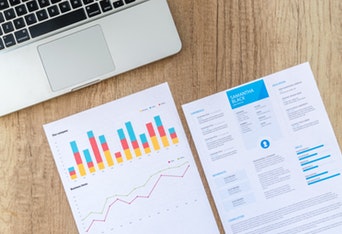- Home
- /
- Research
- /
- Data Analysis
- /
- Quantative
- /
- Secondary
Quantitative Secondary
Secondary data (information collected by some other researcher) plays an imperative role is enhancing validity and reliability of a research. Secondary data (quantitative) are well-referenced, easily accessible and can be reanalysed or reworked to obtain new outcomes. Typically, this form of information is segregated into internal & external data and are suitable for longitudinal studies.
Sources of quantitative secondary data
- 1 Government Organisations You can obtain information from census and registration organisation, Federal & Provincial Bureau of Statistics, and other such government organisations.
- 2 Semi/Non-Government Organisations Bodies such as district council, municipal committees, etc. give you the required secondary data. You can also check with non-government organisations can get demographic, diary panel, etc. data.
- 3 JournalsYou can go through the directories, journals, and periodicals in your field of study and look for relevant information.
- 4 Internet or Newspaper Plenty of secondary data can be obtained from newspapers, internet or other general sources.

Whether you want to gather data from government bodies or from directories, team at Academic Research can help you amass all the data. Additionally, we are capable of assisting you in evaluating the secondary information (using R language, Mplus, and many more) develop patterns, tables, figures, etc. While collecting the required data we check for its reliability, accuracy and suitability.
To know more about our service, visit us at info@academicresearch.com.my.
Interested in our service? Here’s how you can reach us!



